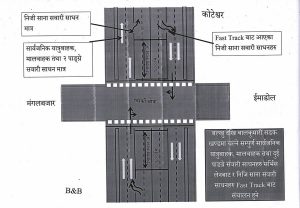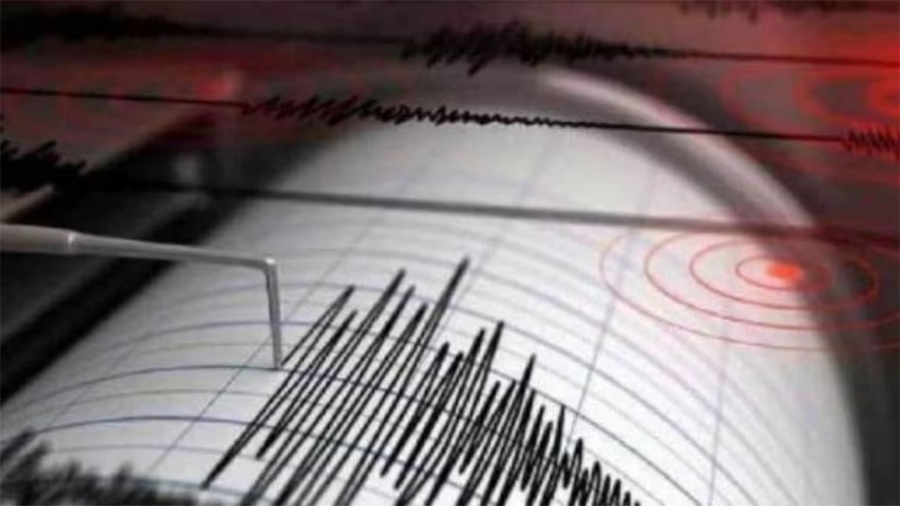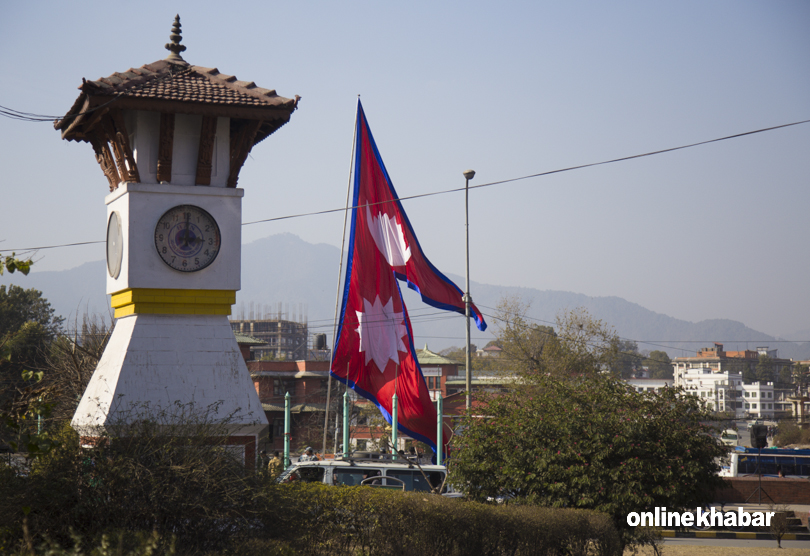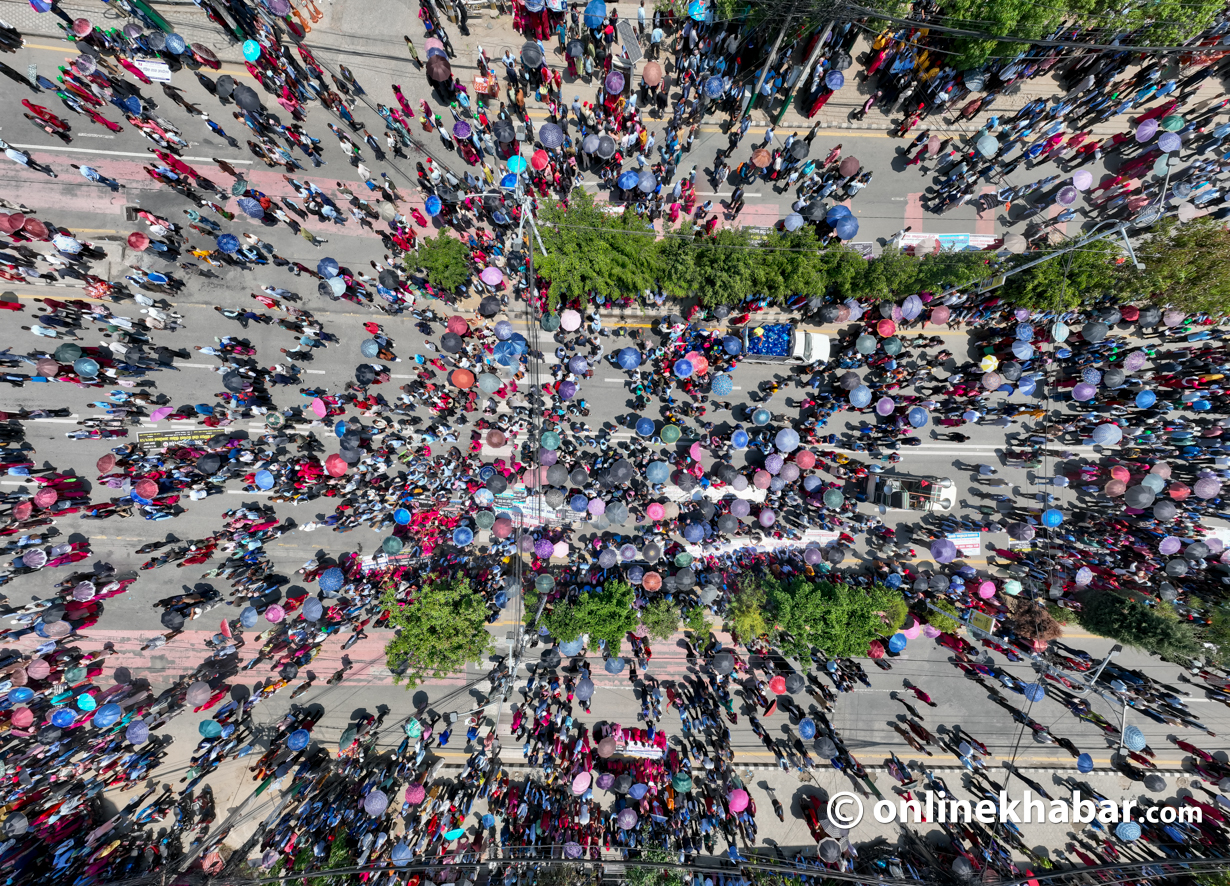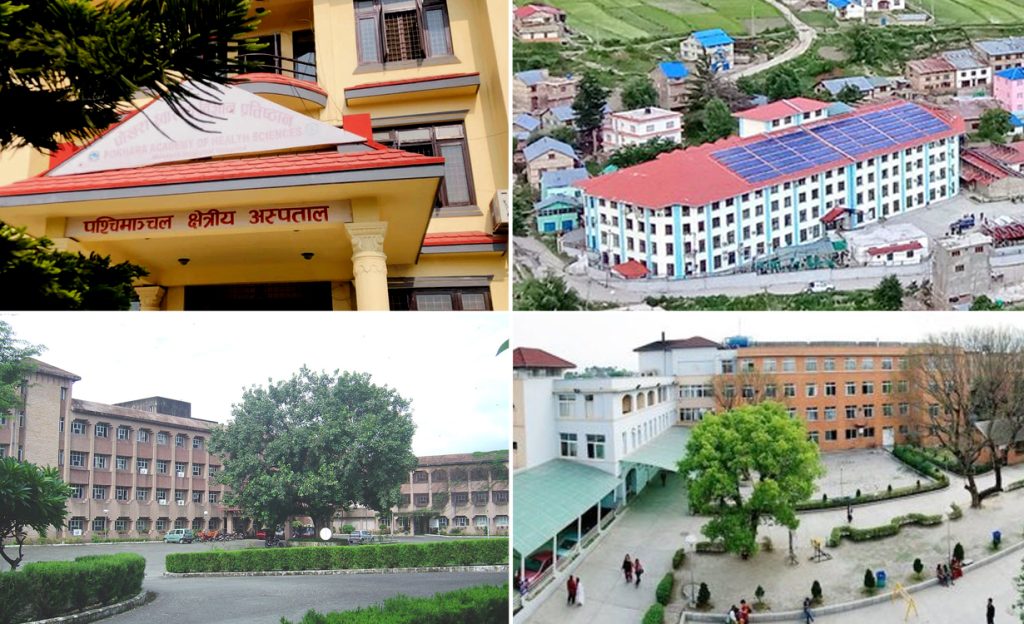
Kathmandu, March 28
The government’s Gwarko Flyover project remains entangled in controversy over its name and design, as questions arise about whether it should be classified as a flyover or an overpass.
Amid the ongoing debate, the Department of Roads has clarified that the structure has been built in accordance with the contracted design.
According to department spokesperson Arjun Prasad Aryal, the construction company followed the exact design mentioned in the tender documents. He further stated that “flyover” and “overpass” are often used interchangeably, arguing that the dispute is largely semantic.
“The structure under construction at Gwarko has been referred to as both a flyover and an overpass, but the original tender documents clearly define the design specifications,” the department stated in an official clarification.
It further added, “There has been no deviation from the approved design. Whether the structure is suitable for the city center is a subjective matter. Similar structures exist in major urban areas worldwide, and we acknowledge that this project will spark further discussion in the future.”
Why was this design chosen?
The Gwarko Flyover incorporates a mechanically stabilised earth (MSE) wall, an advanced geoengineering technique.
According to the Department of Roads, using an MSE wall is significantly more cost-effective than constructing a full-fledged bridge. Additionally, it reduces construction time while maintaining an aesthetically pleasing design.
“The decision to use this technology was made to introduce new construction methods in Nepal. A similar structure has also been built in Balambu as part of the Nagdhunga Tunnel Road project,” the department explained.
Was there a structural failure?
The Gwarko Flyover was constructed under the EPC (Engineering, Procurement, and Construction) model, meaning the design and construction were both handled by the contractor.
Under the contract terms:
- If any damage occurs within five years, the construction company is responsible for repairs.
- If design flaws are identified within ten years, the company must correct them.
The department insists that these provisions ensure strict quality control and prevent negligence by the contractors.
Why did the panels need to be reinstalled?

The foundation soil at the Gwarko site was initially found to be weak and prone to gradual settling. To address this, engineers planned to pre-load the soil with additional weight, allowing it to compress naturally over time. However, this approach would have blocked service lanes for an extended period and delayed the project.
Instead, the construction company, following international expert recommendations, implemented stone column technology to stabilise the foundation.
The Department of Roads clarified that while most of the soil settled uniformly, some sections near Satdobato experienced uneven settlement, causing gaps to form between certain panels.
“The concrete panels did not crack due to structural weakness,” the department stated. “The panels near Satdobato had to be removed and reinstalled, affecting a 40-meter section of the structure.”
The department confirmed that the reconstruction is being carried out at no additional cost to the government and that efforts are underway to complete the repairs as quickly as possible to minimise traffic disruption.




